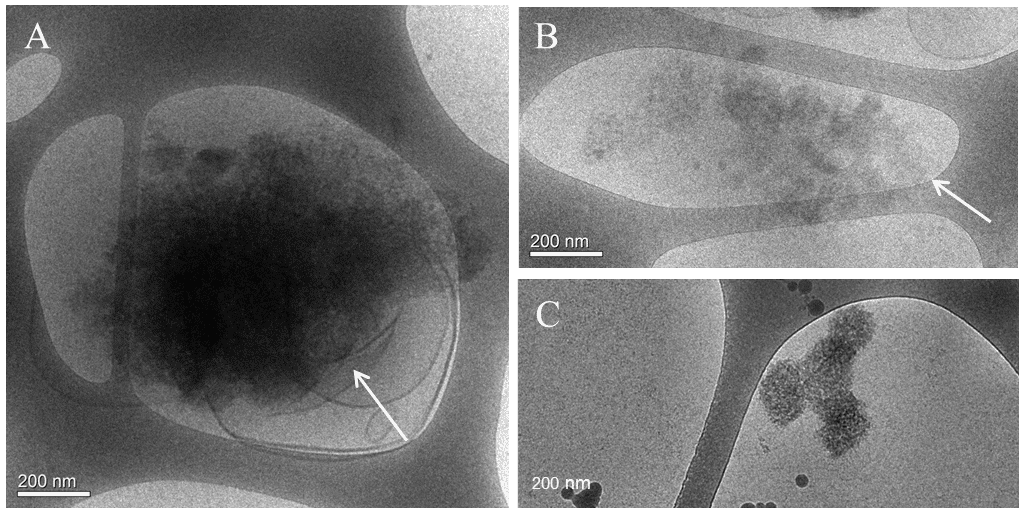
MUCOADHESIVE ACRYLATED BLOCK COPOLYMERS MICELLES FOR THE DELIVERY OF HYDROPHOBIC DRUGS
2Chemical Engineering, Technion-Israel Institute of Technology, Haifa
The design and development of drug delivery systems has been extensively researched in the last several decades. Nanometric vehicles have the benefit of fast and easy tissue penetration as well as bigger residence time. Mucoadhesion is defined as the ability of a material to adhere to the mucous membrane and mucoadhesive polymers have received considerable attention as controlled drug delivery vehicles. To date, studies of mucoadhesion at the nano scale are scarce. A recent study confirmed the mucoadhesive properties of acrylated polymers. It utilizes a Michael type addition reaction between an acrylate end group on a polymer and the sulfide end group of mucin type glycoproteins present in the mucous.
In this work we evaluate the mucoadhesion properties of drug carrying micelles. It combines the advantages of mucoadhesive drug carriers with the well documented benefits of block copolymer micelles.
Acrylated Pluronic® F127 was synthesized; the self- assembly process was investigated using Small Angle X-Ray Scattering (SAXS). Interaction of the acrylated micelles with mucins, was examined using, NMR, rheology and SAXS. Cryogenic Transmission Electron Microscopy (Cryo-TEM) (Figure 1) and Dynamic Light Scattering (DLS) showed an increase in the particles radius in the acrylaed polymer/mucin suspensions. Finally, a hydrophobic model drug was introduced into the micelle core, and was evaluated in vitro.
According to our findings, a covalent bond is formed between the acrylated micelles and the mucin, which leads the way to a new and exciting set of nano vehicles as drug delivery systems.

Powered by Eventact EMS